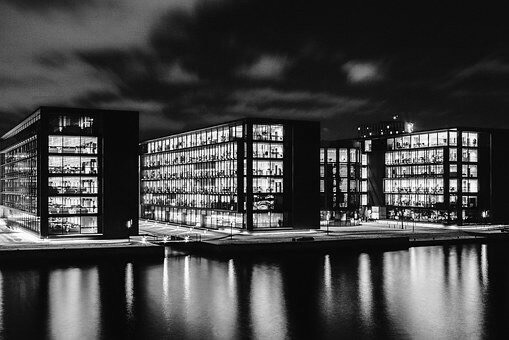This is a common question we get in our industrial design law practice, and how it differs from other forms of IP.
Industrial designs are another form of intellectual property. An industrial design is sometimes called a design patent, and may consist of two-dimensional or three-dimensional features, a shape, a pattern, a line, a package, or a color. An industrial design can account for anything involving ornamental or aesthetic aspects of products, shapes and packaging. By protecting these ornate designs, creators can find security through their exclusive rights to do whatever they want with their original work. As such, we would recommend seeing an industrial design lawyer to find out ways to maximize the profits/benefits of your work.
Like registered trademarks, registered industrial designs are another form of an exclusive government granted monopoly. An industrial design protects the original/unique visually appealing features of a product. It may be the visible appearance and shape of a product:
- Design on a car
- The shape of a chair
- Shape of a computer screen/computer
- An ornate border design on an appliance or kitchenware
An industrial design is not the same as a patent. It does not protect a brand new product, process, or improvement to such, unlike a patent.
If you don’t register your industrial design, another business may be able to use it without your permission, and with no profit or compensation to you.
While not always intuitive, similar to trademark or copyright, you can profit from your registered industrial design by having agreements to use, build, licence, and sell products bearing your industrial designs. As industrial design lawyers, we offer these services to clients in Ottawa, Toronto/GTA, across Canada and abroad.


